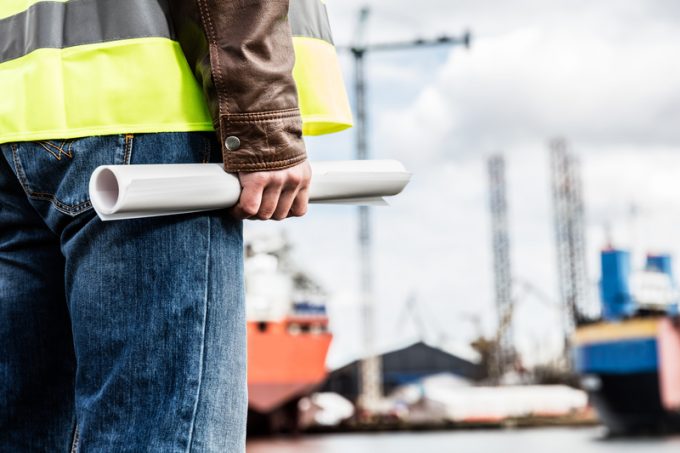Fleet watching is the key to predicting the future in air
All eyes on the aircraft boneyard

Global container demand growth slowed to just 1% over the first nine months of the year, as the US-China trade war put the brakes on liner expansion.
According to the latest review of the container sector by Bimco’s chief shipping analyst, Peter Sand, this sluggish growth compares with a much healthier 3.8% for the same period last year.
“The slowdown in demand is showing no signs of easing, and should the latest round of tariffs be implemented on 15 December, virtually all ...
'Disastrous' DSV-Schenker merger would 'disrupt European haulage market'
'Chaos after chaos' coming from de minimis changes and more tariffs
List of blanked transpac sailings grows as trade war heats up and demand cools
Shippers in Asia restart ocean shipment bookings – but not from China
Forto 'sharpens commercial priorities' as it lays off one-third of staff
India withdraws access for Bangladesh transhipments, in 'very harmful' decision
'Tariff hell' leaves industries in limbo – 'not a great environment to plan'
Temporary tariff relief brings on early transpacific peak season
Pre-tariff rush of goods from US to China sees air rates soar, but not for long
Asian exporters scramble for ships and boxes to beat 90-day tariff pause
De minimis-induced ecommerce demand slump could cripple freighter operators
Forwarders 'allowing the fox into the chicken run' by supporting 'hungry' carriers
Hapag 'took the bigger risk' when it signed up to Gemini, says Maersk
'Restoring America's maritime dominance' – stop laughing at the back of the class
Navigating tariffs: 'like trying to solve a Rubik's cube while colour-blind'

Comment on this article